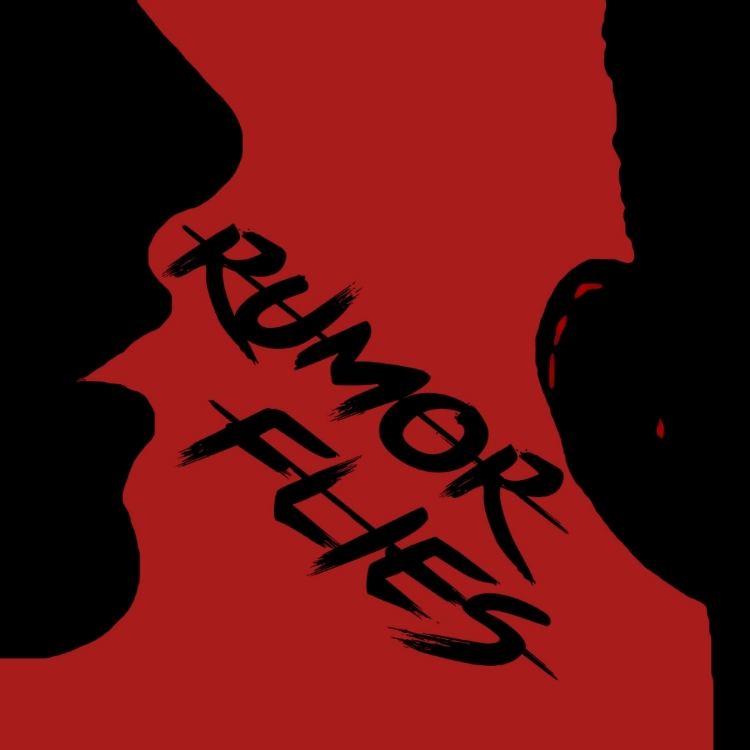Snap Judgment #34: Executive Tigers
Snapple Fact #1183: Martin Van Buren was given two tiger cubs while he was president.
Image source
Verdict: True
So this probably wins the award for "most recent sources," as I found an article about this from literally 4 days before releasing this "Snap Judgment."
Martin Van Buren served as 8th president of the US, from 1837-1841, just after Andrew Jackson left office. He founded the Democratic Party and was the first president not of British ancestry or born a British subject as his family was Dutch. I could go on and on, but if you'd like to know more, wikipedia (as always) has a good overview.
So let's get to the tigers which are, oddly enough, do not seem to be mentioned at all on his wikipedia entry. According to the website Presidential Pet Museum, the Sultan of Oman, Kabul al Said, gifted the president-elect Van Buren a pair of tiger cubs. Van Buren was actually thrilled at the news and was making adjustments to his home in order to keep them (and one would assume was preparing what to do at the White House). But alas, Congress had different plans.
Congress was not on board, especially when he expressed he planned on keeping them at the White House. When they pushed back, Van Buren actually did not back down and argued that since they were specifically gifted "to the President," he had every right. Congress argued that the gift was made while Jackson was president and Van Buren was president elect, and seeing as how Jackson was no longer president, they argued the tiger cubs belonged to the US government.
Unfortunately for Van Buren, Congress won the argument, and not only could he not keep them in the White House...he couldn't keep them at all. The cubs were promptly confiscated and sent to the local zoo (which let's be real, is probably way better. Though it's an 1800's zoo, so ehh...)
To wrap it up, here is a fun article from Our White House on other interesting pets kept by presidents over the years! A few notable ones:
- Thomas Jefferson was gifted two grizzly bear cubs from an exploratory party sent out across the US led by Captain Zebulon Pike.
- Teddy Roosevelt had tons of "exotic animals," such as a zebra, a parrot, bears, a lion, a hyena, a coyote, rats, and a one-legged rooster.
- Herbert Hoover had two pet alligators that belonged to his son. He even occasionally let them wander the White House.
Cheers!






























